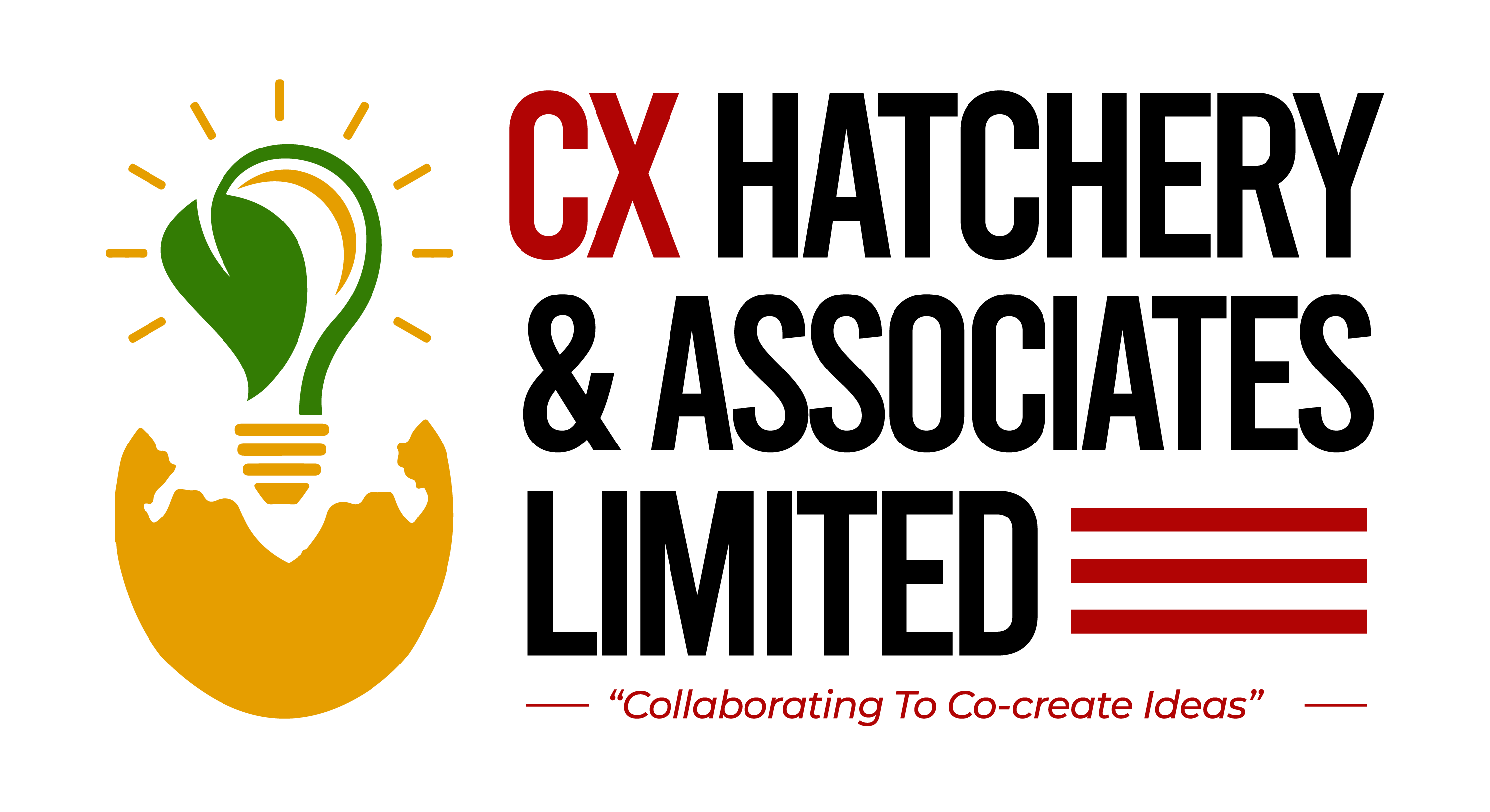The Service Delivery Dilemma of a Ride-Hailing App Driver
I am Ahimaa (pronounced a: hi: maa), a 44-year-old young woman.
Recently, I have put a pause on driving because I am aspiring to live the life of the rich and famous such as being chauffeured in sleek expensive cars, unfortunately, I am neither rich nor famous, so I must stick to the use of ride-hailing app services to get the best deals on being “Chauffeured”.
One early morning, whilst running late for a meeting, I selected my less preferred ride from home to town because my preferred ride had no drivers in my vicinity.
The ride arrived, and to my surprise, the driver was courteous and neatly dressed, and the car was clean inside-out devoid of any unpleasant odour; quite uncharacteristic of drivers of this particular ride-hailing app company.
During the journey, I overheard him sending a voice note (which I believe is contrary to policy), complaining that a new company policy is likely to affect customer service. My interest was piqued the moment I heard “customer service” and thus decided to actively eavesdrop (yeah! Yeah! I know it is rude to do that but I couldn’t tune out).
When he was done, I engaged him in a conversation on the issue at hand. He was so excited about my interest to the extent that he even missed a turn.
The driver’s challenge…..
The ride-hailing app company recently introduced a policy to reduce freebies on wait and stop time in favour of drivers, that is the rate per minute to the credit of drivers
Why….
Some drivers were abusing the wait time by starting the actual journey after a few kilometers from the journey start point, which registers as the client delayed the trip, and thus the penalty cost goes to the credit of the drivers. According to him, some of his colleagues were so greedy that, there were incidences where the wait time was longer than the actual trip.
I believe the company assumed that once wait time was being abused, then stop time was being subjected to similar abuse.
The option of stops/multiple stops along the journey available to clients to activate during the booking stage is unknown to some passengers, and drivers do not bring this to the attention of passengers at the start of the trip. Some passengers make stop requests in the middle of the journey, which most drivers oblige, however, whilst some passengers abuse these courtesies by making too many stops or delaying at a stop at no credit to the driver, other passengers compensate the drivers with a tip.
In rare cases where a passenger activates the stop functionality, it is still a cost to the drivers because the new rate per minute introduced by the policy is so insignificant that the drivers prefer trips with no or fewer stops. More importantly, demand for this ride-hailing company is quite high because it is relatively cheaper, so drivers would rather cancel a trip they deem as “time-wasting” in favour of a straightforward trip.
According to the driver the company’s costing mechanism takes into consideration the distance over the duration of the journey, therefore, drivers prefer journeys with less or no stops. I found this strange because my preferred ride-hailing company takes into consideration both distance and duration, I recall experiences where the initial cost at the start of the journey increased due to bad traffic.
The customer service challenge….
According to the driver, customer complaints had increased because some drivers are refusing to make stops that were not part of the trip request. This usually results in arguments between the driver and the passenger. Further, drivers have become sensitive to waiting for clients, leading to the cancellation of trip requests by the drivers when the courtesy wait time in favor of clients expires. Additionally, what I found illuminating was the reason for driver cancellation of trip requests in relatively remote areas; in cases where drivers must wait unduly, the charge is “insignificant” and in cases where the drivers must cancel, a new trip request in the vicinity is highly unlikely.
The driver further lamented that if the company had undertaken a consultative engagement with the drivers, the policy would have been better designed to benefit drivers and passengers.
It was truly an aha moment for me.
Here is a driver with a natural disposition toward service yet finds himself in a company that limits his ability to exhibit his personality. I found his assertions and dilemma very interesting with so many questions running through my mind about the Voice of the Employee (VOE) as a tool necessary for policy and process design in Customer Experience Management.
Disclaimer: Assertions by the driver have not been confirmed, therefore this story is purely anecdotal.
REFLECTIONS – Customer Experience Management (CXM) as a Business Transformation Tool
• In policy design, employees are as essential as customers in dictating the process that delivers the desired experiences.
• Process reengineering must take employees’ service delivery challenges into consideration.
• Frequent employee engagement at all levels is key to management decision-making process.
What CXM gaps did you identify?….. LET’S DIALOGUE CX
#cxdialogue
©AhimaatheCXstoryteller


